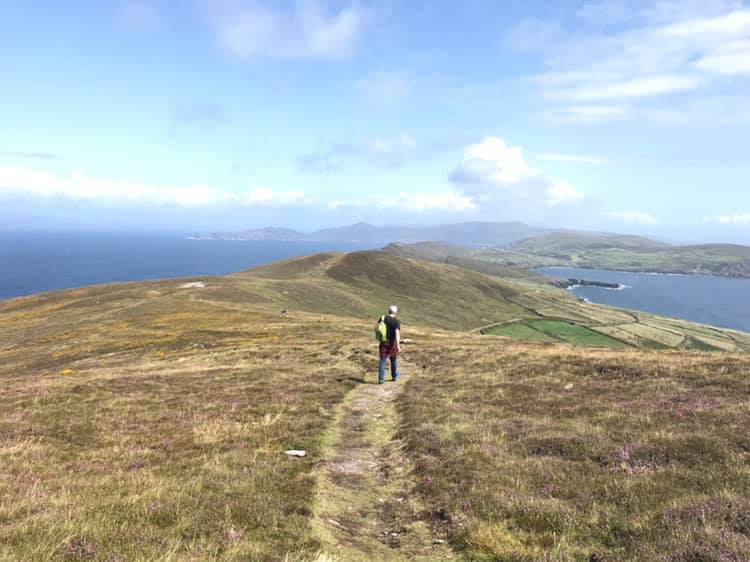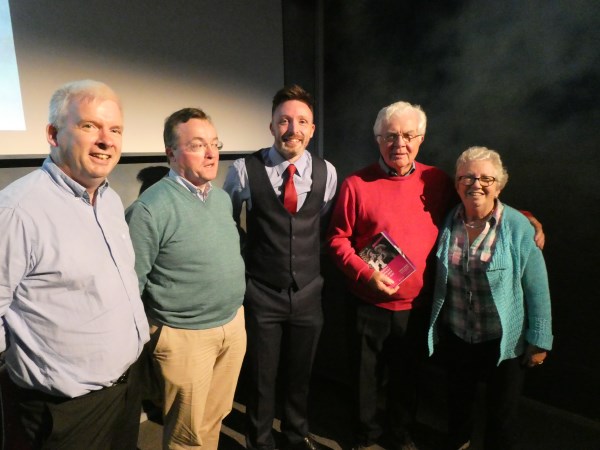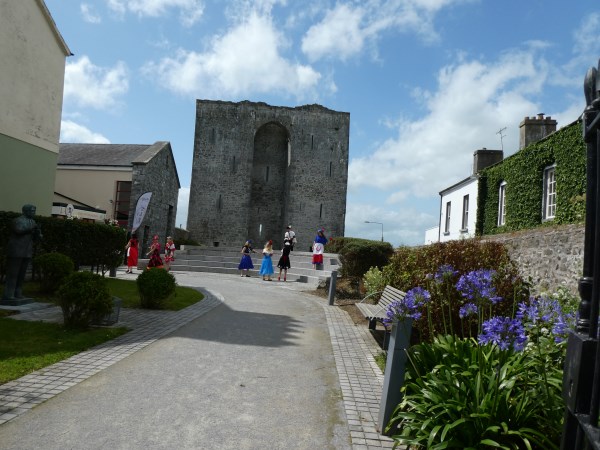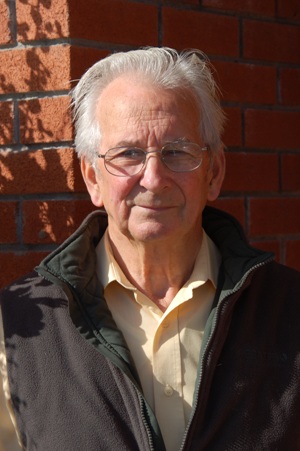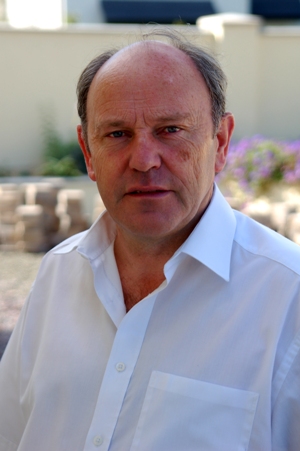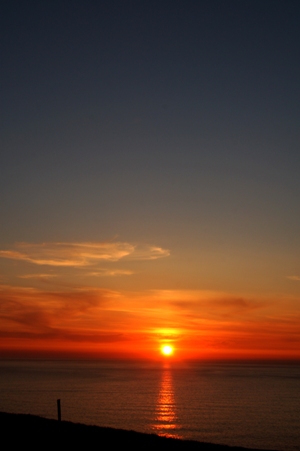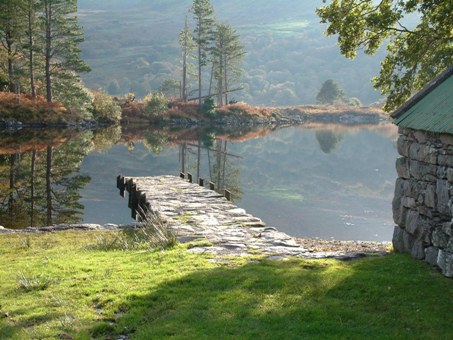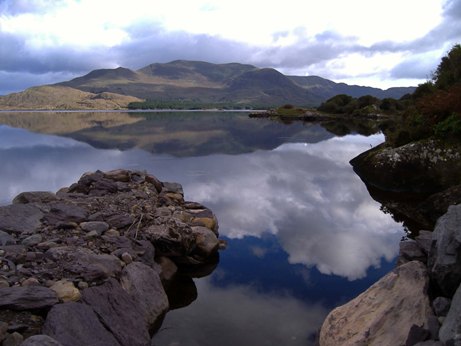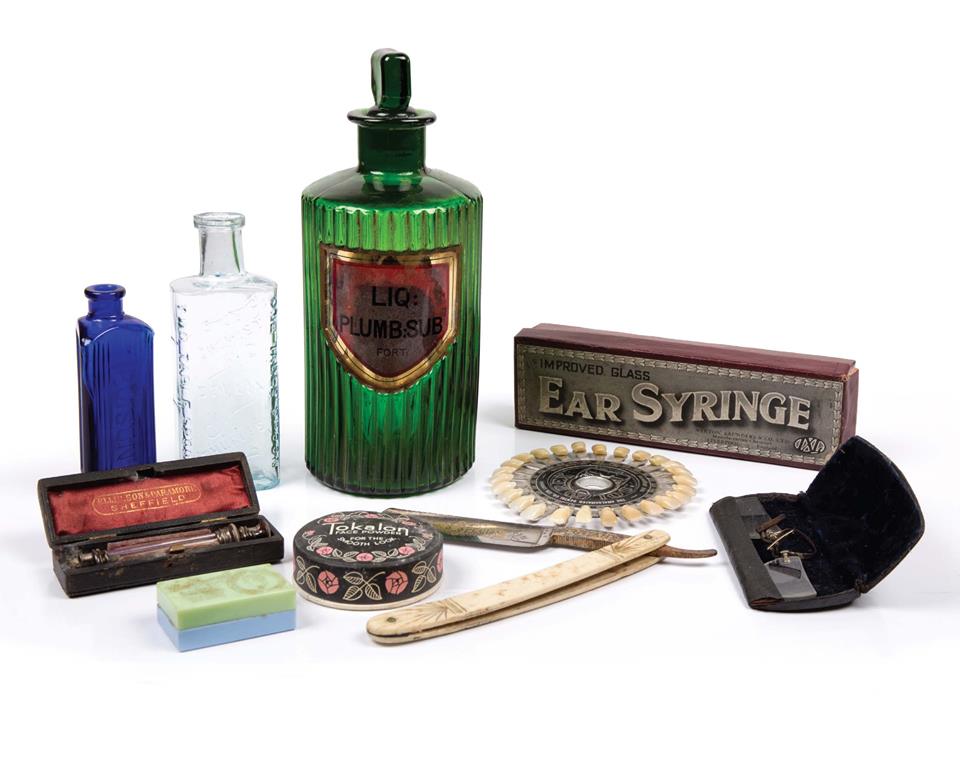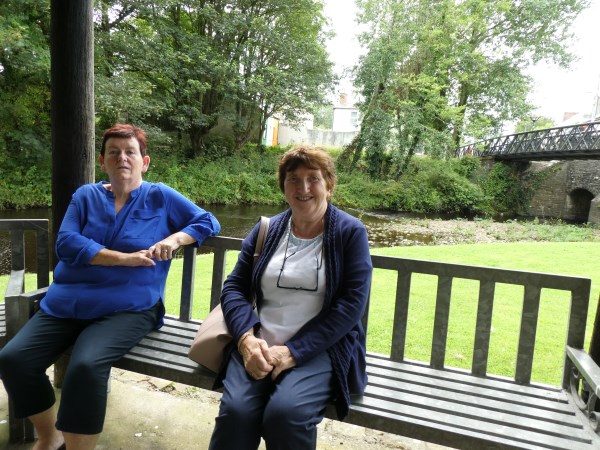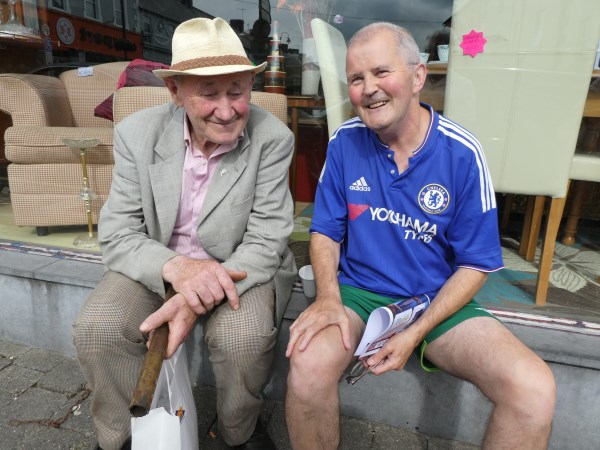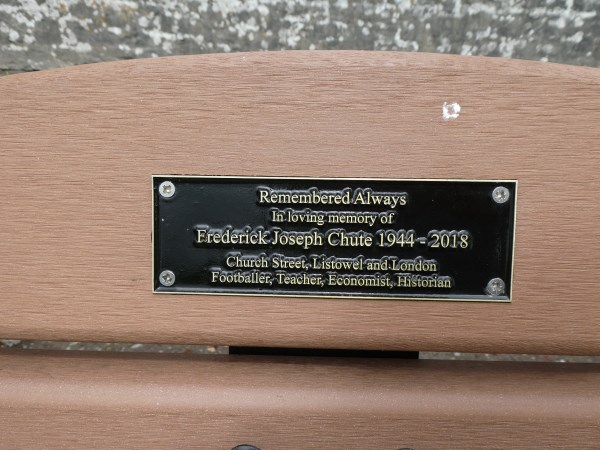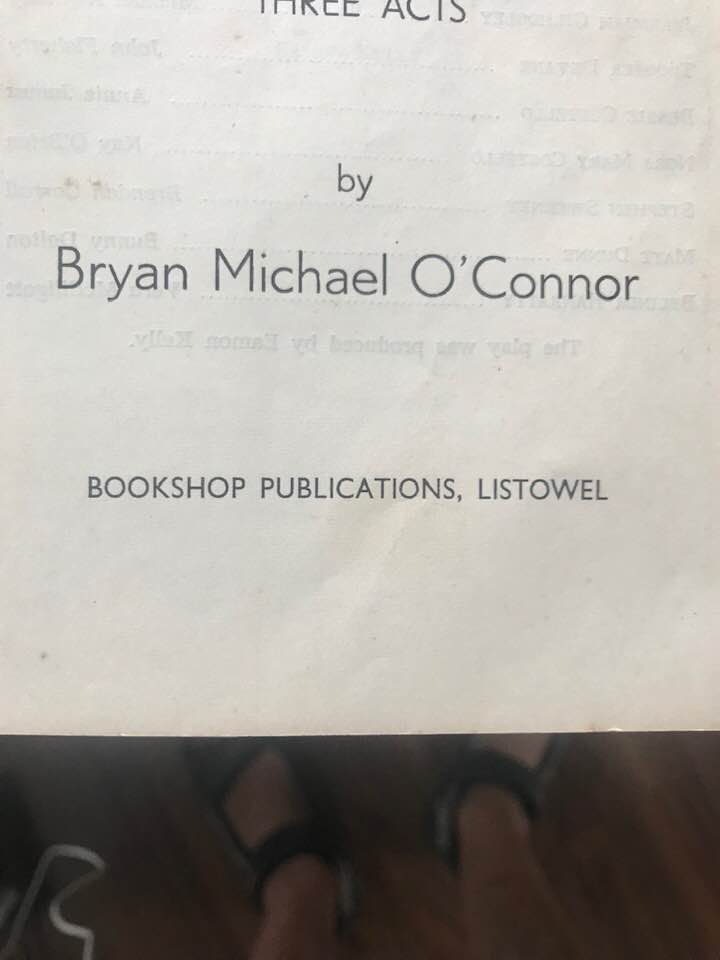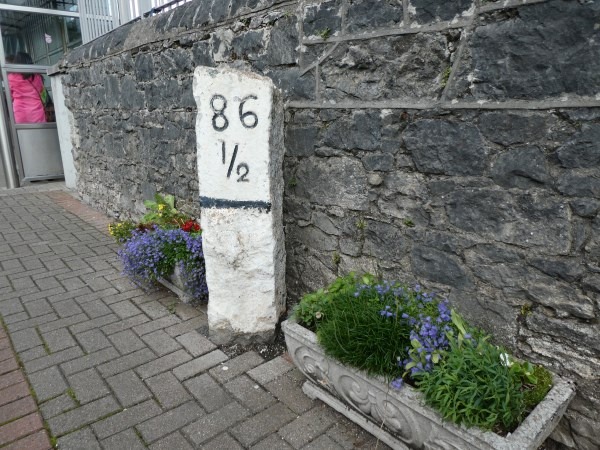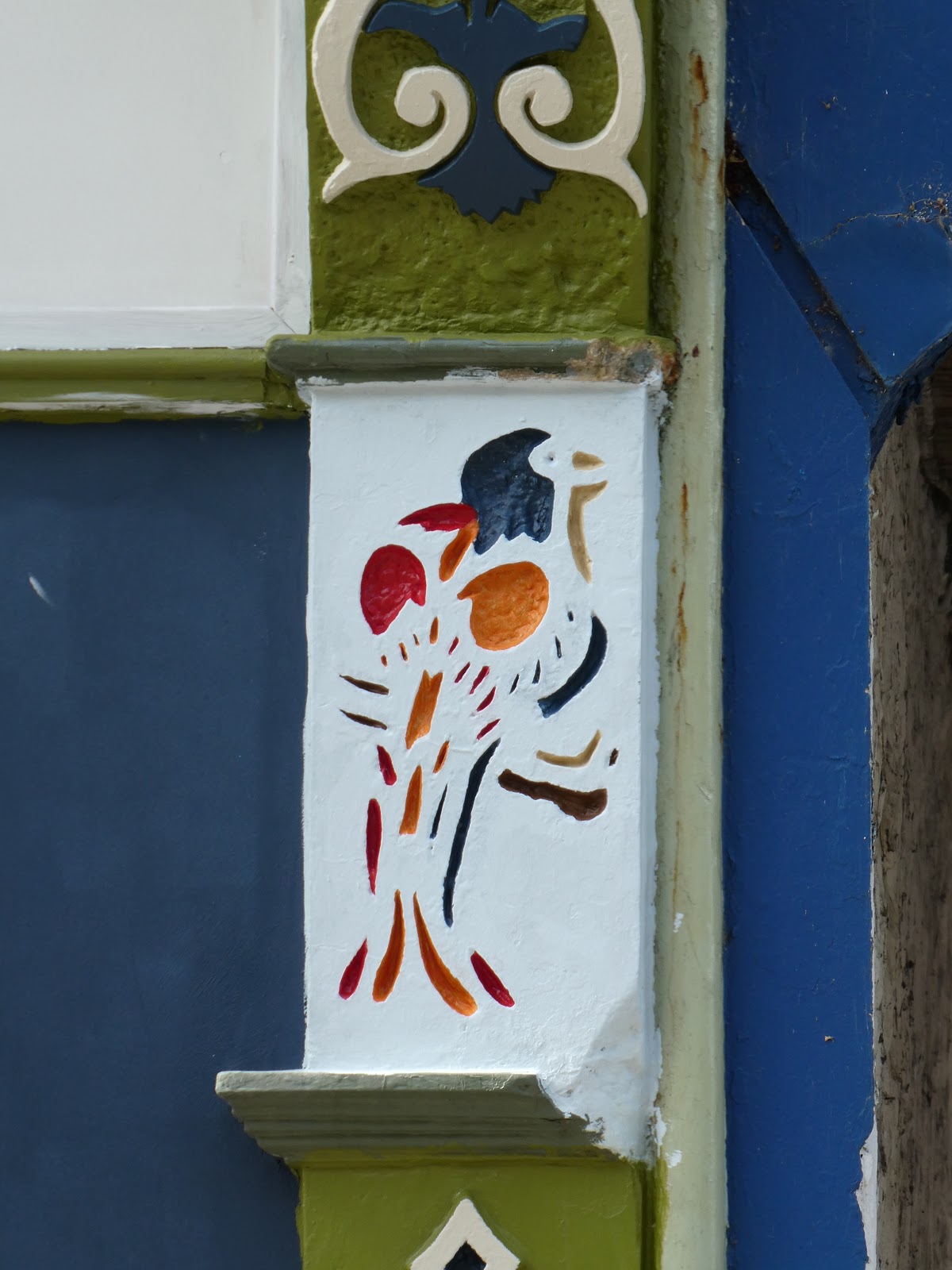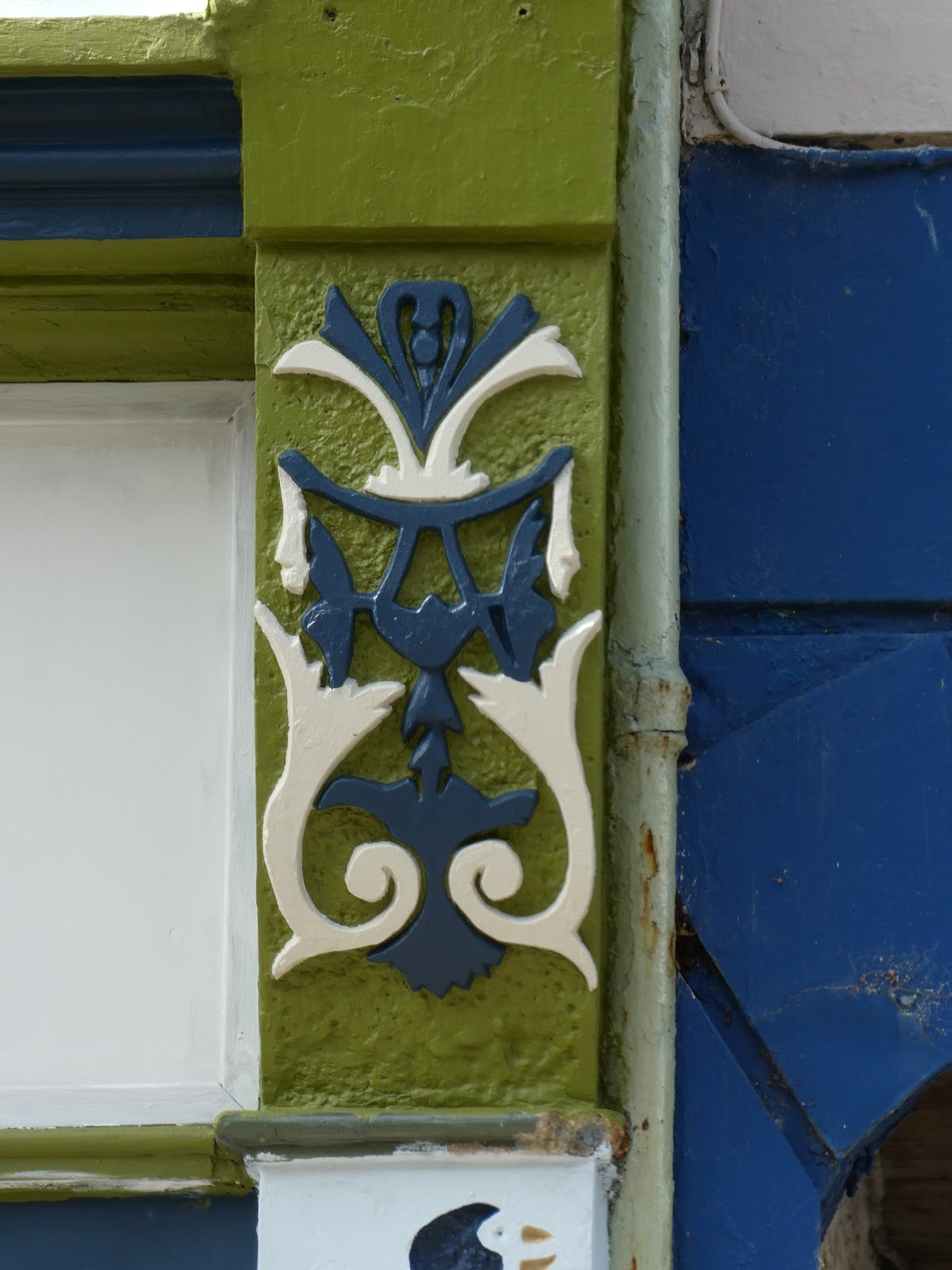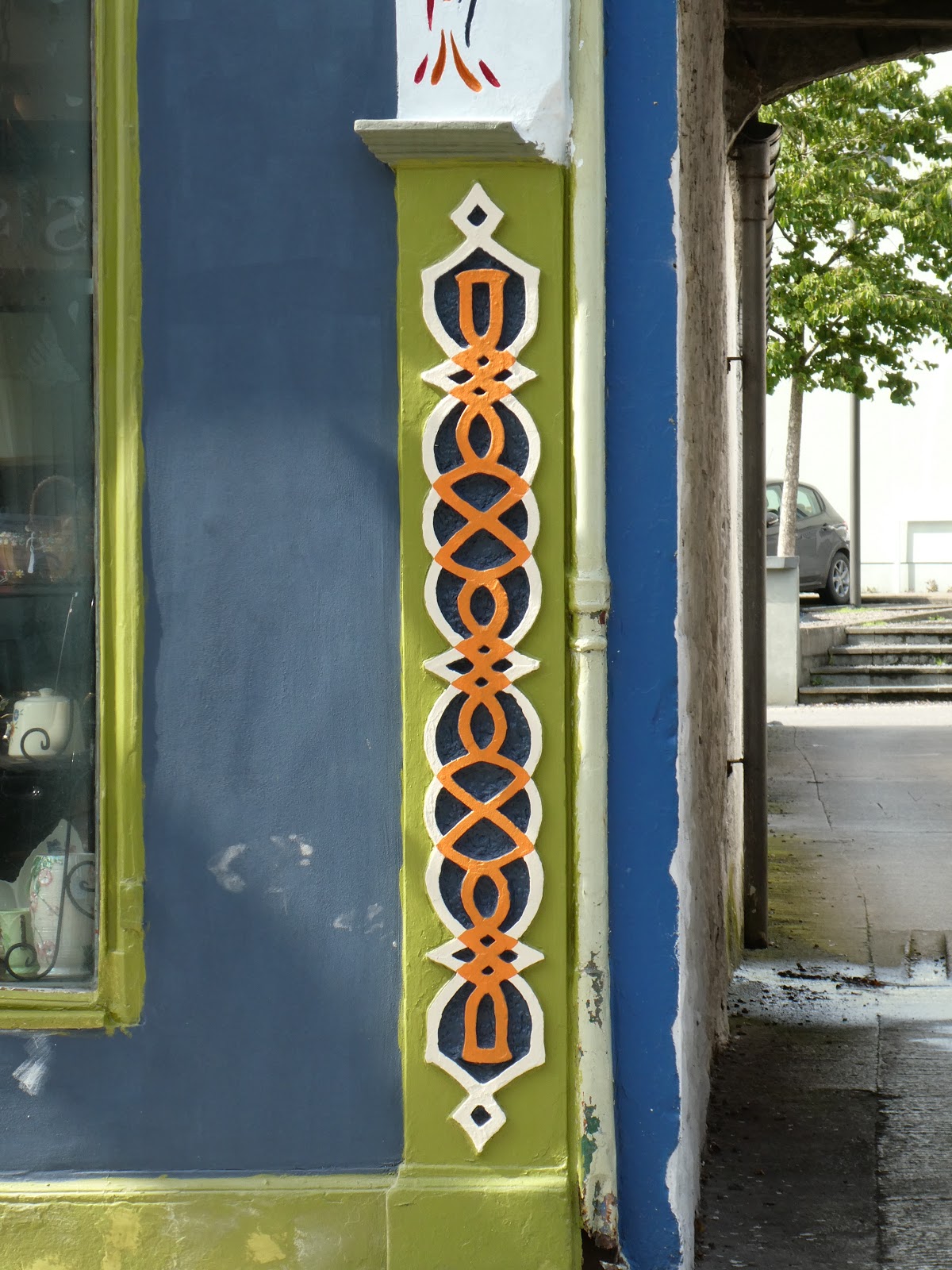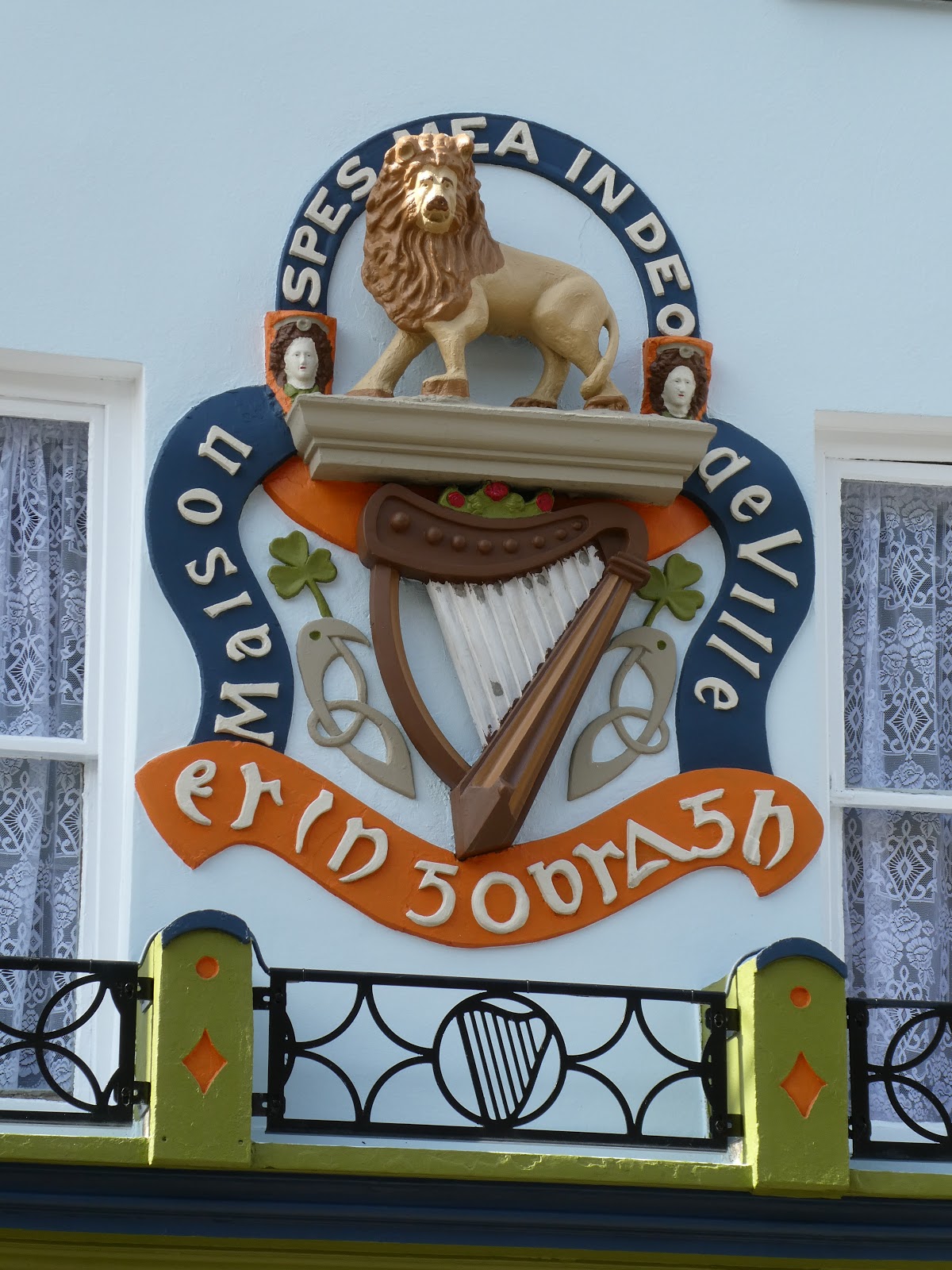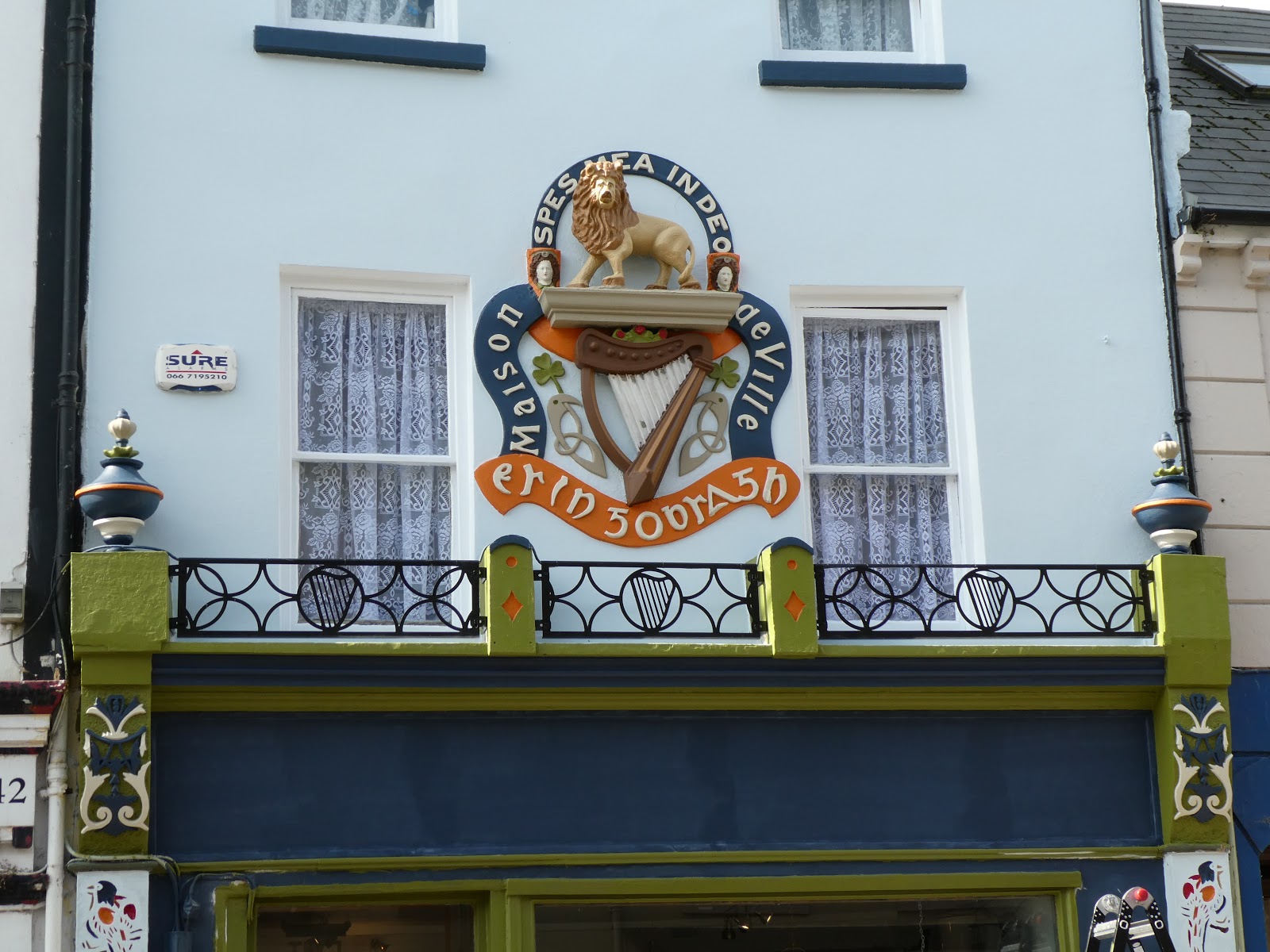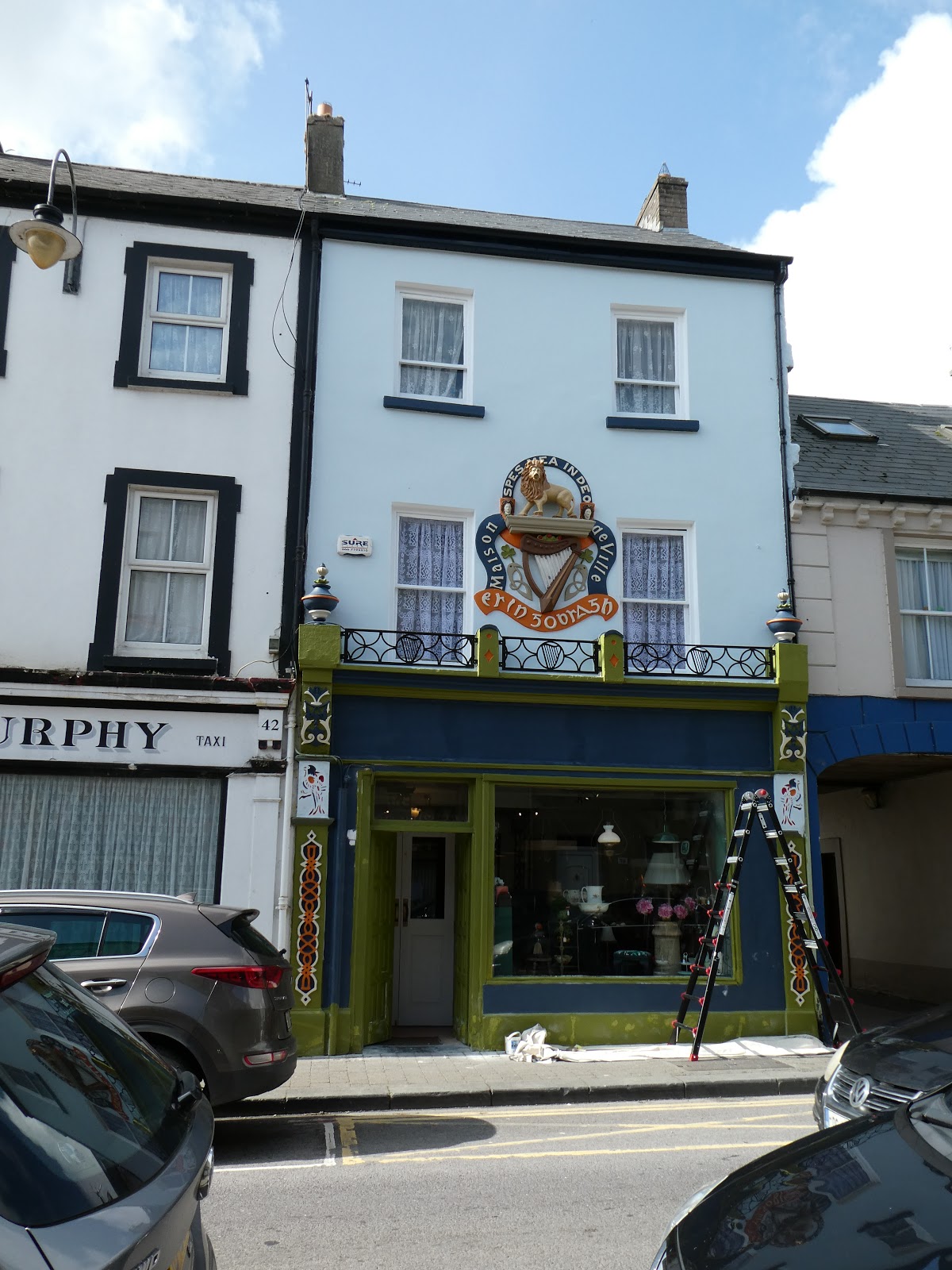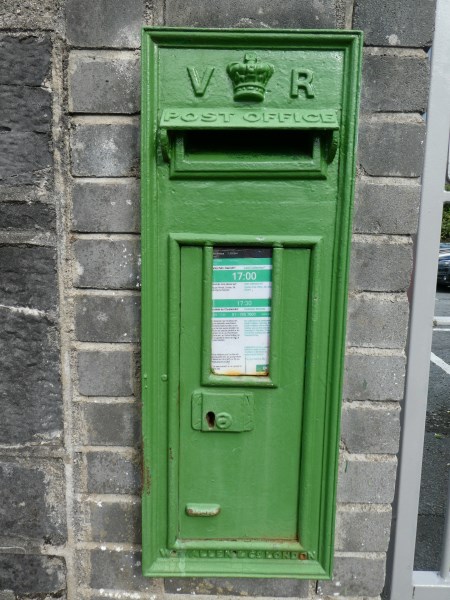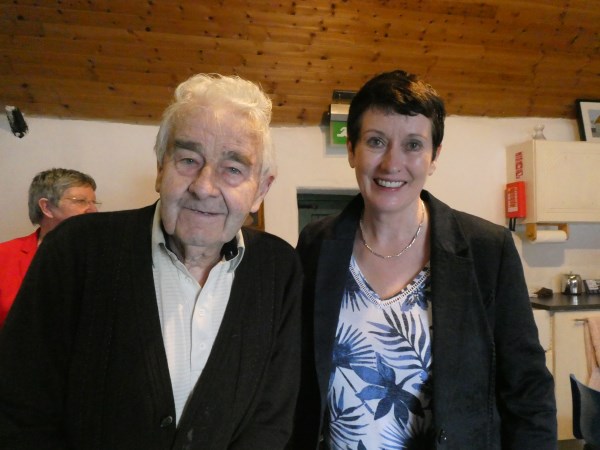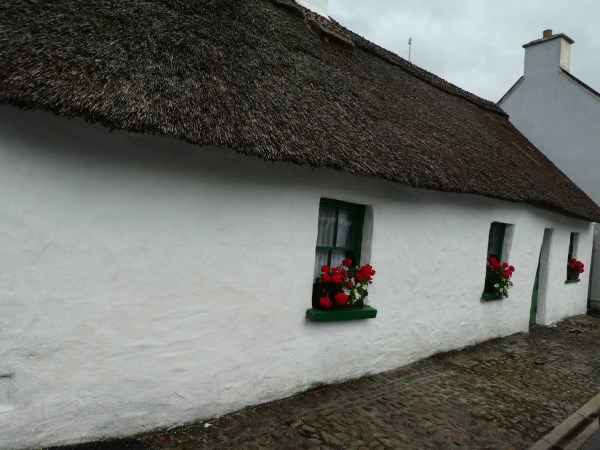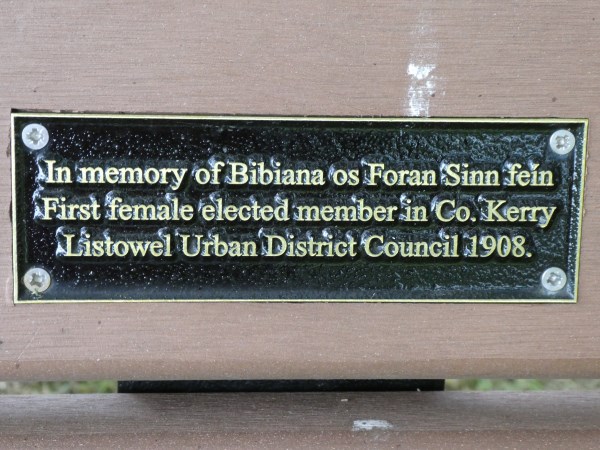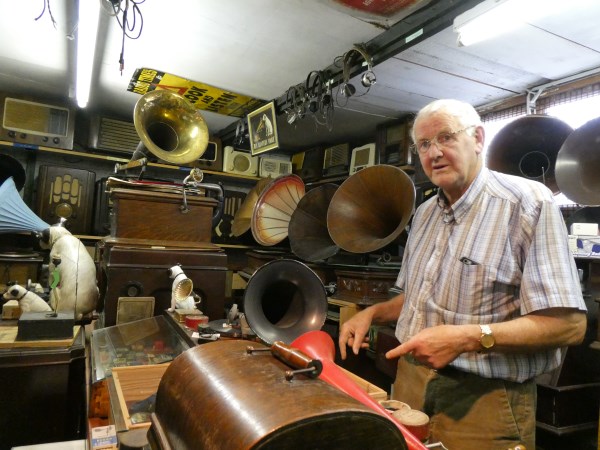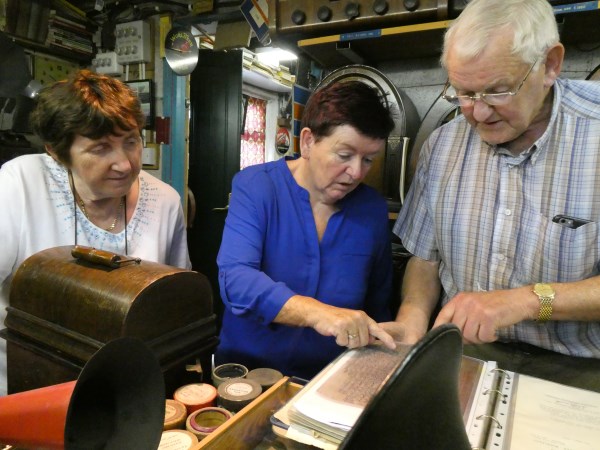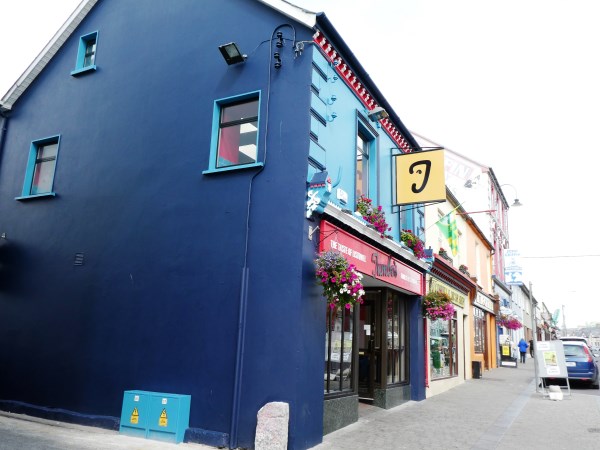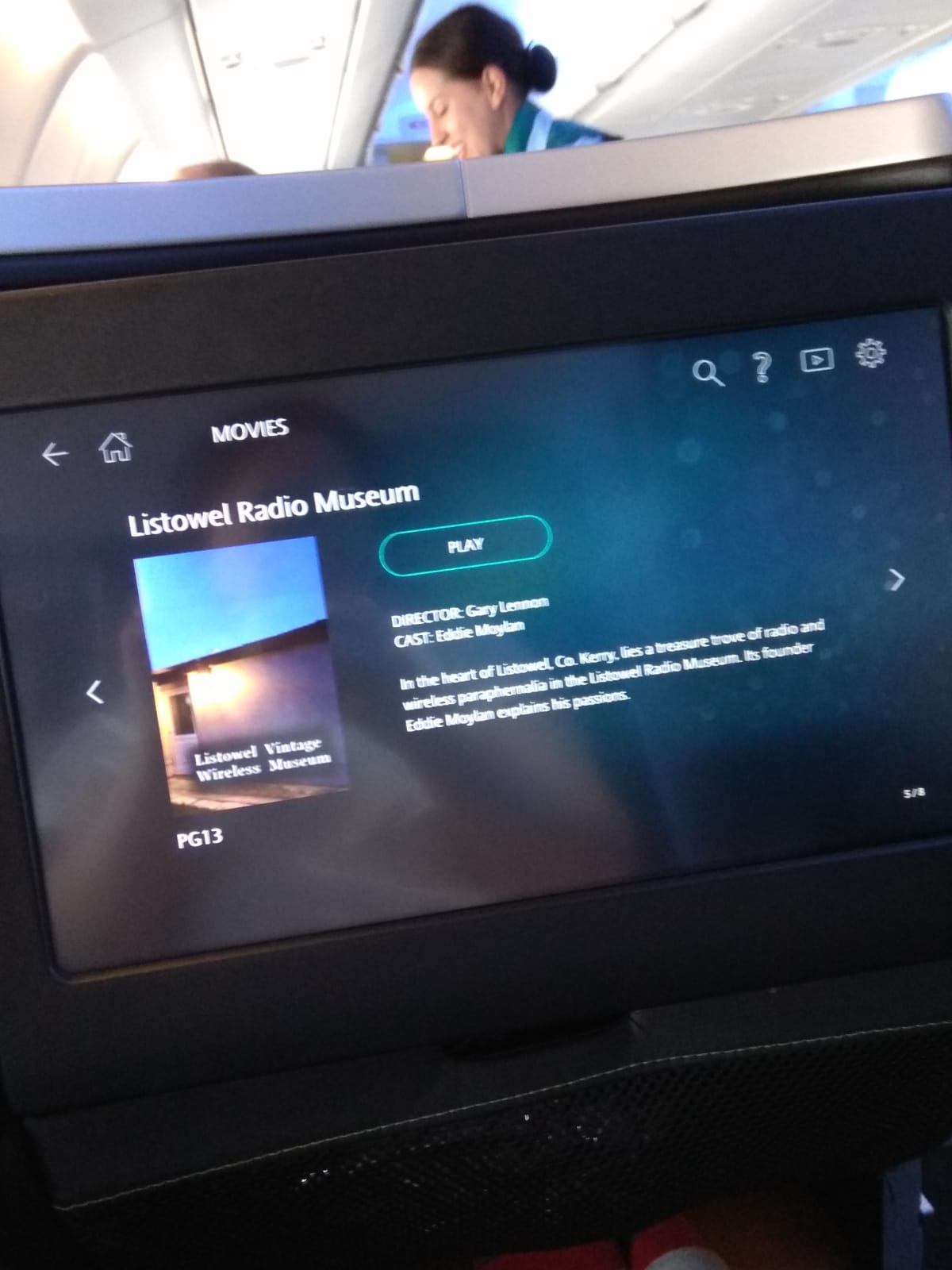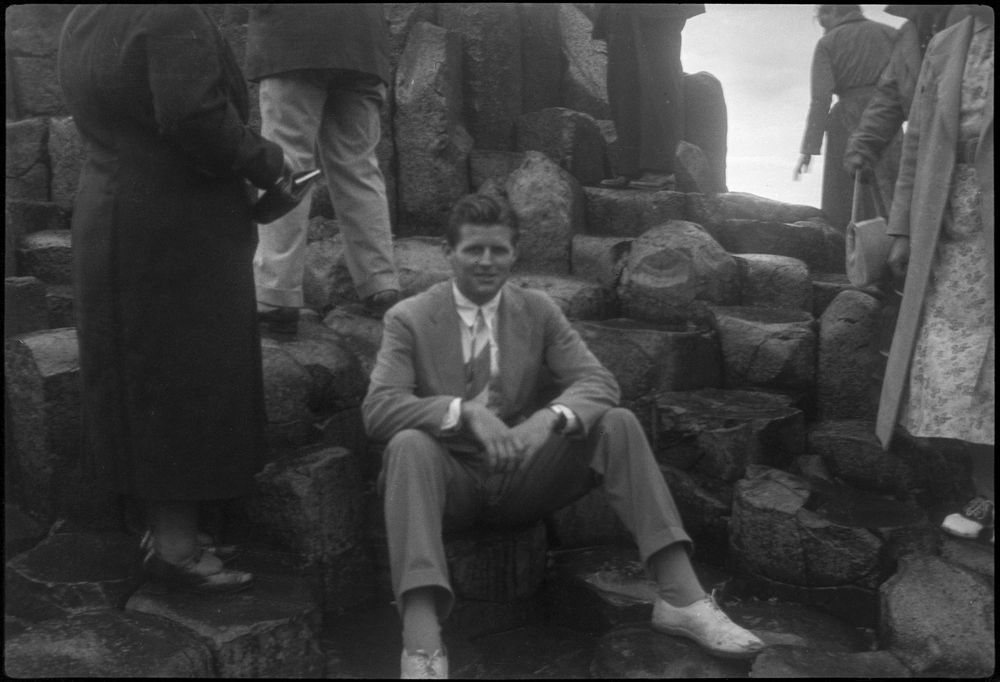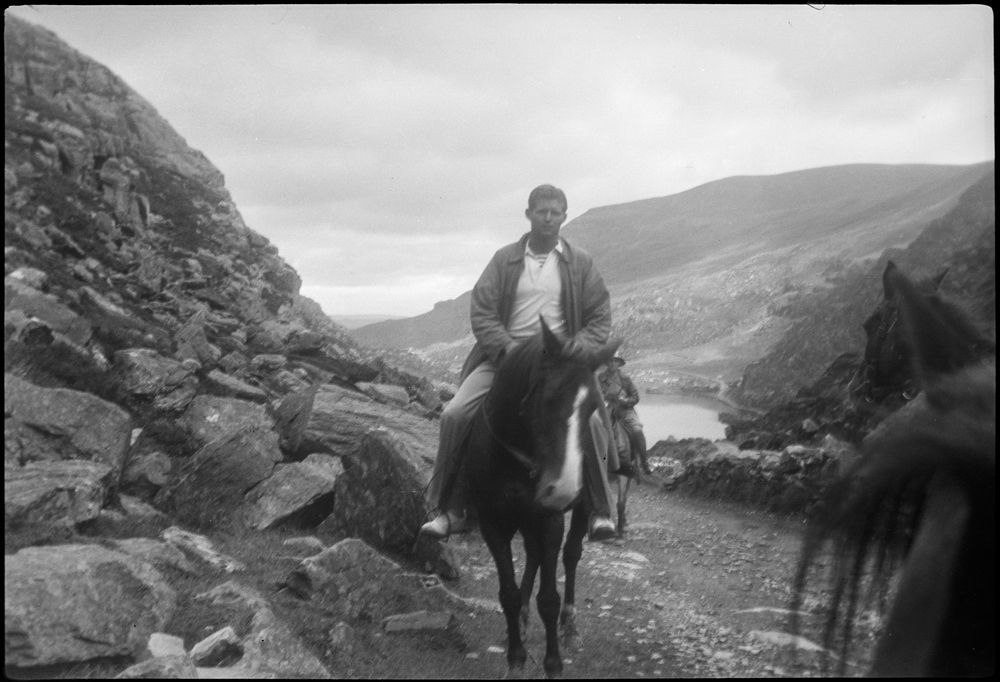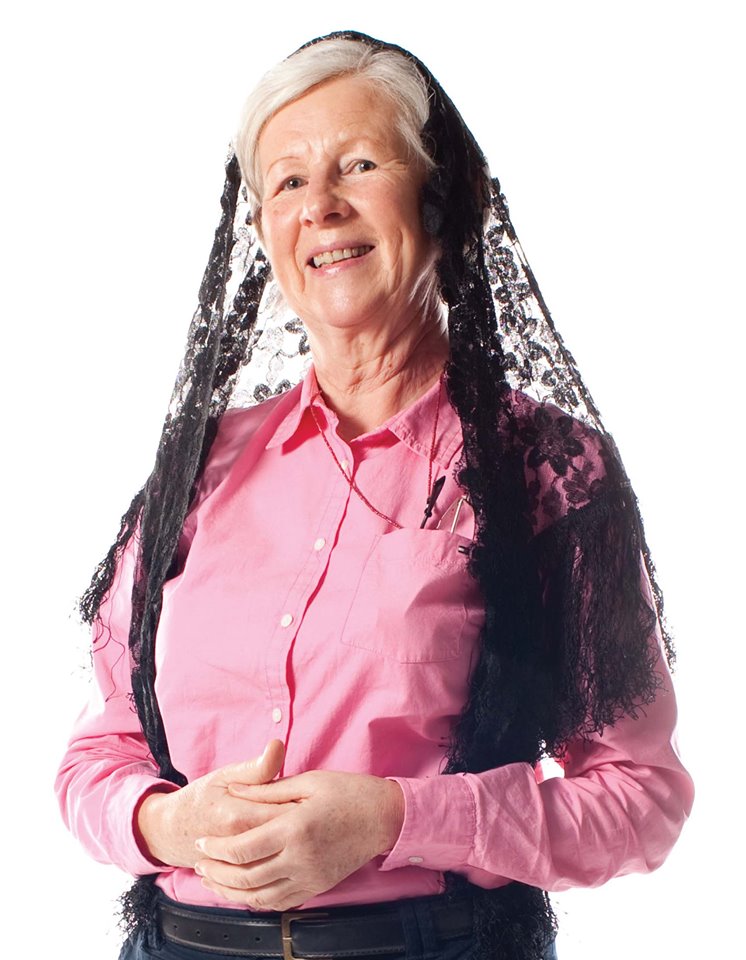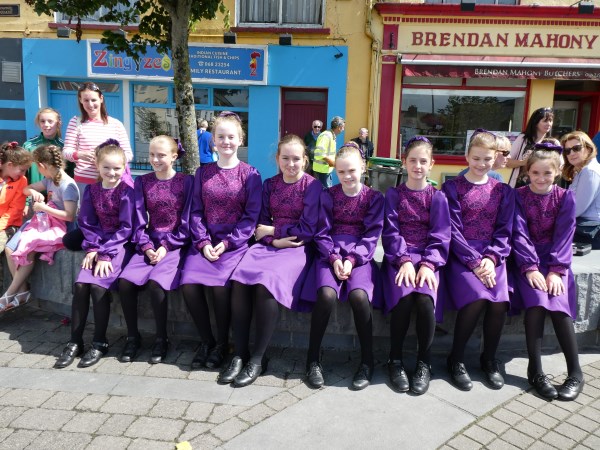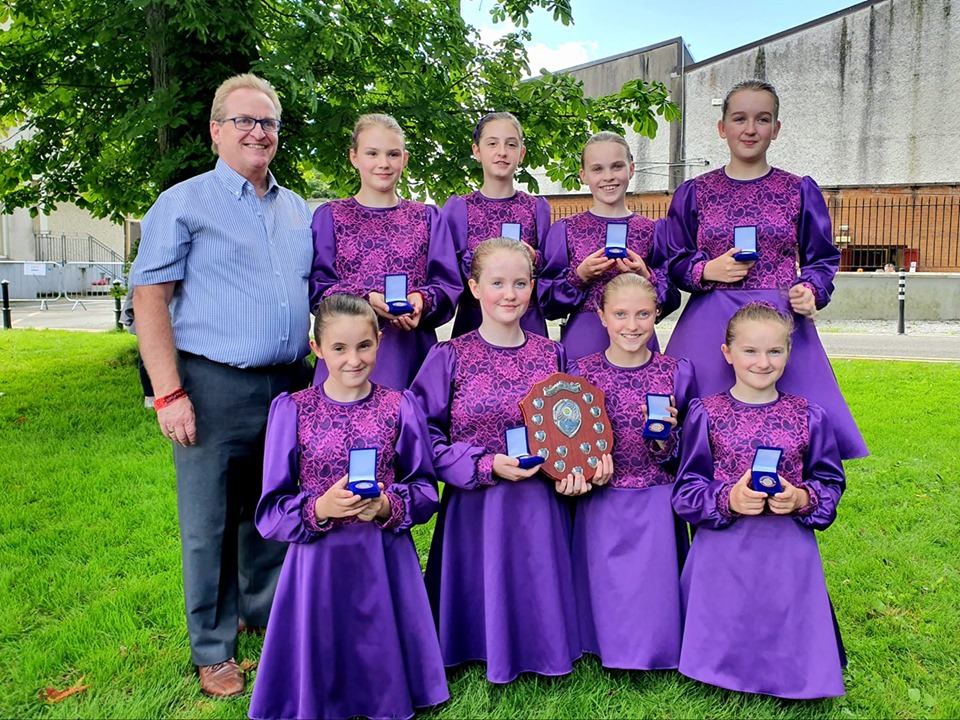Kingfisher

Photo: Chris Grayson
<<<<<<<<
Tralee


These are some of the Rose dresses on display in Kerry County Museum until October.





These are some of the Rose bushes in the nearby Tralee Park. As you can see the new gardener and his team are getting to grips with the sadly neglected rose beds. He has a huge task on his hands but the park is coming back to life again and, hopefully it will soon be restored to its former glory.
<<<<<<<<
The phone box
Mattie Lennon

A public phone in Foley’s Bar in Castle
The US presidency is a Tudor monarchy plus telephones.(Anthony Burgess)
The day of the familiar Irish phone box is drawing to a close. Earlier this year the powers-that-be decided to reduce the number of post boxes from 4,850 to 2,699. Since usage of the public phone has fallen by 80% in the past five years, how long before the total demise of the phone box? The Kiosk, especially in rural areas, provided a valuable link with the outside world. But, in the words of Clinical Psychologist, Marie Murray, “ What of their psychological significance rather than their utilitarian worth? What role did they play in the lives of people? What privacy did they afford, away from the home telephone for those lucky enough to have a telephone in the house but unfortunate enough to have no privacy using that instrument at home?”Dr. Murray goes on to say that phone boxes , “ will become but quaint memories of an older generation regaling their grandchildren with tales of trysts at the local telephone box or romance conducted through whispered confidences in that semi-private box in the middle of the village or at the end of the road . . . ”
In the days when one went through the Operator there was the story of the Cavan man who phoned his friend looking for the loan of a tenner only to be told, “It’s a bad auld line, I can’t hear you.” When the request was repeated it was, once again, met with,“ I can’t hear you”. At this stage the Operator cut in with, “I can hear him perfectly”. The answer was ready, “You give him the loan of the tenner, so.”
The first “public” phone in our area was in the Post Office in Lacken where most of the calls were to the Priest, the Guards, the Doctor, the Vet or The A.I. man (or “the collar-and-tie-bull” as he was known.) The Post Office was also a shop which opened late so nocturnal communications pertaining to illicit relationships could sometimes be conducted, albeit in whispered tones. (Or so I’m told.)
Lacken eventually got a Phone-Box and conversations could be carried out in a stentorian voice without fear of “ear-wigging.” Some “coins” used were not Legal Tender (or even legal.) Washers of a certain diameter and “push-outs” from galvanised junction-boxes, used by electricians, would suffice. (Or so I’m told.)
By “tapping out” the numbers on the top of the cradle (1,9 and 0 were free) one could get through to any number. (Or so I’m told.)
When Decimal-Currency was introduced in 1971 it took a while to have the Phones adapted. The new Decimal 1P coin was exactly the same size as the old sixpence and worked very well. (Or so I’m told.)
Another favourite trick was to block the return-chute with a piece of rolled up twine and to return for the proceeds when a number of people had pressed “Button B” without getting any refund. (Or so I’m told.)
Nowadays when I hear the Dublin joke, “What do Northside girls use for protection? A Phone-box”, it reminds me that at times in rural Ireland the Phone-box was often utilised for erotic pelvic activity while parallel with the perpendicular. (Or so I’m told.)
When a not-too-well-liked person would be retiring it would be said, “They’re holding his retirement do in a phone-box”.

On one occasion, in a neighbouring parish, a female who was presumed to have contracted a “social disease” used the phone and civic-minded local woman immersed it (the phone, not the female caller) in a bucket of Jeye’s Fluid. This caused a malfunction which the P&T engineer couldn’t find a cause for. A local wag said, “you were poxed to get it workin’ agin.”
When Mobiles were getting plentiful and it looked like the humble Phone box would soon be redundant I made a suggestion to Eircom as to the possible utilisation of same . . as Condom-Dispensers. And I even had an idea for cost cutting in the area of signage; by using some of the existing logos and slogans. For instance; wouldn’t the Eircom logo, with very slight modification, look remarkably like a rolled-up condom? And where would you leave slogans like, “Let your fingers do the walking”. Do you think they acknowledged my suggestion? They didn’t even phone me.
<<<<<<<
On a Cork Street


